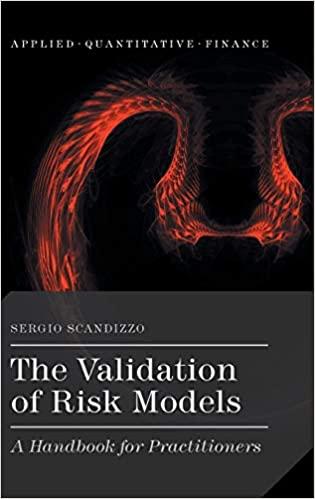Answered step by step
Verified Expert Solution
Question
1 Approved Answer
This week, we'll be looking at how companies make their dividend decisions, that is, whether to pay a dividend, increase it, reduce it, or possibly






This week, we'll be looking at how companies make their dividend decisions, that is, whether to pay a dividend, increase it, reduce it, or possibly eliminate it entirely. As managers of a public company are generally responsible for doing everything ethically possible to increase the share price and therefore the wealth of shareholders, the question of dividend policy is a strategic one: what is the best course for managers to take with respect to dividends in order to boost the market value of their company?
Although many investors look for companies that pay high dividends, many others prefer companies that pay modest or no dividends. Why is this? Well, for one thing, to the extent that a company pays a cash dividend, that cash is no longer available for reinvestment in new capital projects. For productive companies that generate strong returns on their invested capital, it is generally better to recycle their free cash back into the company than to pay it away to shareholders in the form of a dividend. Over the long run, this results in greater growth in future earnings and dividends.
There is also a body of very interesting academic research which suggests that in a world where dividend income is taxed at the same rate as capital gains, investors will be indifferent to a company's dividend policy. In other words, it will not matter to them if they receive their returns on equity in the form of dividends or capital gains when they ultimately sell their shares. In such a world, it will therefore not matter what strategy managers take with respect to dividend payouts because investors will not pay more for a company's shares (increase the market value) based on any particular strategy adopted by management, e.g., high dividends, low dividends, etc. because these will not affect their wealth.
It may be that changes in dividends can affect the price investors will pay for a company's shares because of some information conveyed with the dividend increase or decrease that signals something important about the company's future business prospects. If so, then management dividend policy may indeed impact the market value of the company.
This debate is covered in the attached Powerpoint slides and in this week's case about the directors of an auto parts producer trying to decide on an appropriate dividend policy for the firm. Please read the case and answer Questions: 1, 2, 4, 7(a), 10.
Your answers will be generally qualitative here so try not to simply "parrot" the arguments made by the various players in the case but rather to demonstrate your understanding of the material with an evaluation of the arguments.
Step by Step Solution
There are 3 Steps involved in it
Step: 1

Get Instant Access to Expert-Tailored Solutions
See step-by-step solutions with expert insights and AI powered tools for academic success
Step: 2

Step: 3

Ace Your Homework with AI
Get the answers you need in no time with our AI-driven, step-by-step assistance
Get Started


